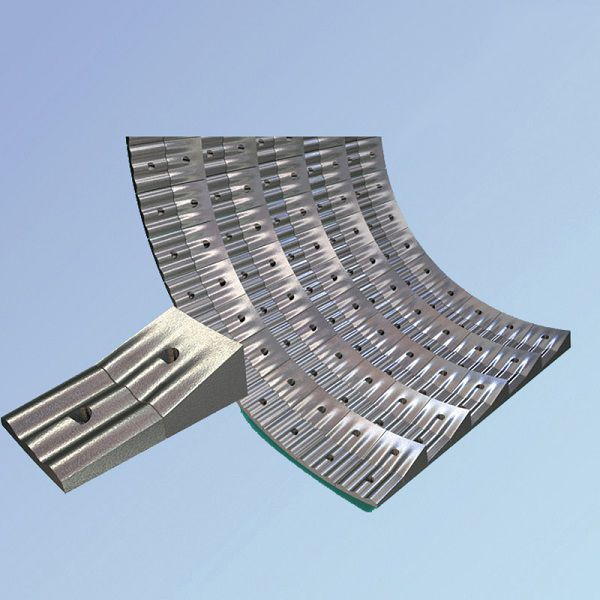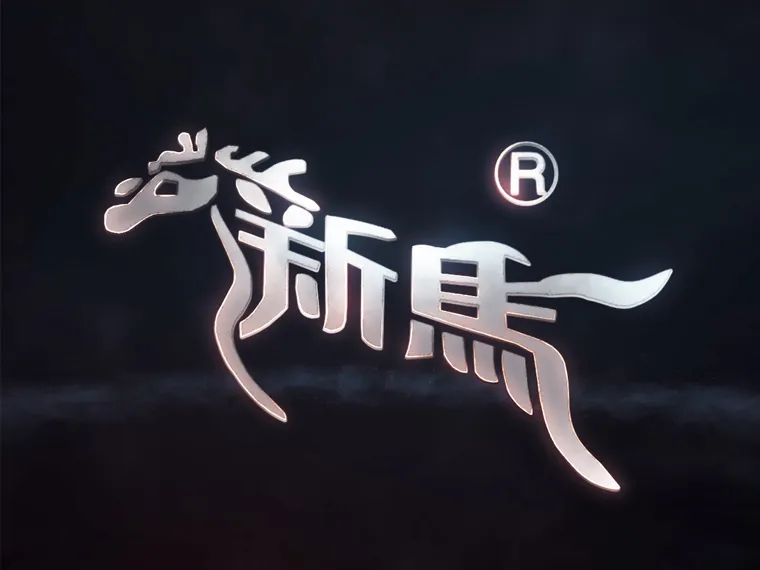The lining material used in a ball mill plays a vital role in determining its performance and lifespan. By providing a protective layer between the mill shell and the grinding media, the lining material helps minimize wear and extend the longevity of the mill. This article delves into the critical factors that influence the performance and lifespan of a ball mill, focusing on the impact of lining material selection.

1. Wear Resistance:
The primary function of the lining material is to withstand the wear caused by the grinding media and the material being processed. Different lining materials exhibit varying levels of wear resistance. Rubber linings are renowned for their exceptional abrasion resistance, while high-alumina ceramic linings offer superior protection against highly abrasive materials. The wear resistance of the lining material directly affects the lifespan of the ball mill.
2. Impact Resistance:
During the grinding process, the grinding media and the material being processed generate significant impact forces inside the mill. The lining material must possess sufficient impact resistance to withstand these forces without cracking or breaking. Inadequate impact resistance can lead to premature lining failure and potential damage to the mill shell.
3. Chemical Compatibility:
Certain applications involve materials that contain chemicals or corrosive substances. The lining material must be chemically compatible with the processed material to prevent chemical reactions or corrosion that could compromise the lining's performance and lifespan. For instance, when handling acidic or corrosive materials, a lining material with high chemical resistance, such as rubber or specific ceramics, may be preferred.
4. Noise Reduction:
The choice of lining material can also impact the noise level generated during ball mill operation. Some lining materials, like rubber, possess inherent damping properties that help reduce noise and vibration, creating a more comfortable and quieter working environment.
5. Installation and Maintenance:
The selection of lining material can affect the ease of installation and maintenance. Certain lining materials, such as rubber or composite linings, are relatively easy to install and replace. Conversely, ceramic linings may require specialized installation techniques and expertise.
Optimizing the performance and lifespan of a ball mill relies heavily on the selection of the appropriate lining material. Factors such as wear resistance, impact resistance, chemical compatibility, noise reduction, and ease of installation and maintenance are crucial considerations. By carefully evaluating the specific requirements of the milling process, the characteristics of the processed material, and the operating conditions, operators can choose the optimal lining material. Regular inspection and maintenance of the lining are essential to detect signs of wear or damage and ensure optimal performance and longevity of the ball mill. The right choice of lining material can significantly enhance the efficiency, reliability, and lifespan of the mill, making it a key factor in achieving optimal grinding performance.
If you're interested in learning more about ball mill liners and how they can improve your milling operations, visit our website. Our comprehensive information on ball mill liners covers various lining materials, their benefits, and application considerations. Discover how the right lining material can minimize wear, reduce downtime, and maximize the productivity of your ball mill. Visit our website today to unlock the potential of your milling process with the right choice of ball mill liners.

